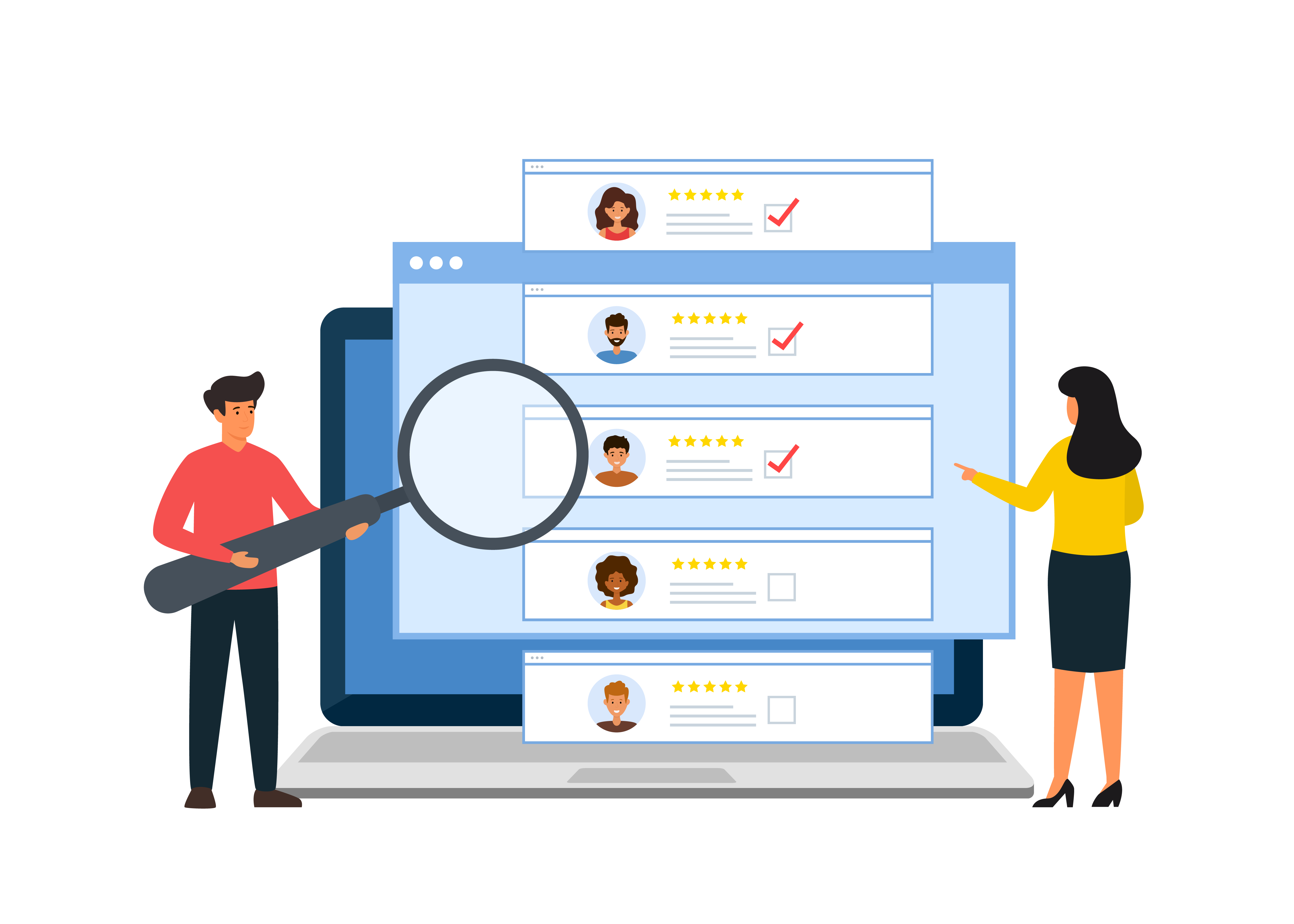Featured
How to Manage Cloud-based Contact Center Security
by Nicole Robinson | Published On April 5, 2024

Explore the necessity of advanced security protocols for cloud-based contact centers and safeguarding your operations.
Cybersecurity stands at the forefront of operational essentials for contact centers, safeguarding the connection between technology and customer trust. With cyber threats rapidly evolving, the necessity for robust security protocols becomes increasingly apparent, pushing organizations towards a paradigm shift in protecting sensitive data and customer interactions.
It is critical to understand the importance of evolving contact center security measures in an era where digital resilience is not just preferred but required for maintaining the integrity and trustworthiness of cloud-based contact centers.
In this blog, we’ll discuss important security threats to be aware of and how to set up measures that will protect your contact center.
Understanding the Security Landscape for Cloud-Based Contact Centers
Cloud-based contact centers are increasingly becoming targets for a variety of cyber threats because of the increase in storing sensitive data and the lack of sufficient encryption. It is compounded by the vulnerabilities introduced through cloud technologies. The transition to cloud-based systems, while offering scalability and flexibility, exposes contact centers to risks that require a robust and proactive approach to cybersecurity.
Cyber Threats Facing Cloud-Based Contact Centers:
- Phishing Attacks, Ransomware, and Advanced Persistent Threats (APTs): These are designed to infiltrate networks and steal sensitive data. A 2023 report indicated a 40% increase in targeted attacks on contact centers.
- Telephone Denial-Of-Service (TDoS) Attacks: Similar to distributed denial-of-service (DDoS) attacks, TDoS overwhelm call centers with excessive calls, crippling their ability to function.
- Data Theft: With global call traffic, contact centers' information systems are prime targets for attackers aiming to steal critical data like credit card details and personal information.
Specific Vulnerabilities and Risks:
- Inadequate Access Controls and Misconfigurations: This leads to increased susceptibility to breaches, with average financial losses amounting to $3.86 million per breach.
- Breach in the Do-Not-Call Registry Compliance: Non-compliance can result in significant fines, impacting the financial health of the contact center.
- Identity Theft due to Misdialing: Fraudsters exploit misdialing by impersonating legitimate businesses to deceive customers into revealing their details.
Advancements in Cloud-Based Contact Center Security

Advancements in cloud-based contact center security have adapted to combat the sophisticated landscape of cyber threats effectively. These developments leverage both innovative technologies and strategic approaches to ensure comprehensive protection and compliance. The key advancements focus on three crucial areas:
- Access Controls: Rigorous access management systems have been implemented to ensure that only authorized personnel can access sensitive data and systems. This critical layer of security helps in preventing unauthorized access and data breaches.
- Voice Data Recording Security: Enhanced security measures for voice and data recording ensure that all communications are securely captured and stored, mitigating the risk of eavesdropping or unauthorized access to recorded interactions.
- Vendor and Third-party Security: Comprehensive security evaluations and controls for vendors and third-party providers are now integral, addressing the risk of breaches originating from less secure external systems. This encompasses rigorous assessment processes to ensure all partners adhere to high-security standards.
Implementing Robust Data Protection Measures

IBM disclosed that in 2023, the mean expense of a data breach amounted to an astounding $4.45 million, underscoring the monetary consequences of insufficient cybersecurity protocols. Hence, contact centers need to employ comprehensive data protection strategies, encompassing tools for encryption, backup, and recovery to safeguard sensitive customer information.
Key strategies for bolstering data protection in cloud-based contact centers include:
- Data Encryption: Encrypting data at rest and in transit to ensure unauthorized entities cannot decipher sensitive information.
- Comprehensive Backup and Recovery Plans: Implementing robust backup solutions and recovery plans to mitigate the impact of data loss incidents.
- Regulatory Compliance: Adhering to global regulations, such as GDPR in Europe and CCPA in California, through continuous monitoring and updating of privacy policies and practices.
Proactive Monitoring and Threat Detection
Continuous vigilance significantly narrows the opportunity for cyber attackers to exploit vulnerabilities, ensuring that potential threats are identified and addressed before they can escalate into major breaches. The effectiveness of these systems hinges on their ability to provide round-the-clock surveillance, ensuring that even the most subtle indications of a cyber threat are not overlooked.
Further amplifying the capabilities of these monitoring systems is the integration of artificial intelligence (AI) and machine learning (ML) technologies. AI and ML algorithms excel in sifting through vast amounts of data to identify patterns and anomalies that may indicate a cyber threat, thereby enhancing the precision and speed of threat detection. According to a study by Capgemini, 69% of organizations now consider AI an essential component of their cybersecurity strategy, a testament to its efficacy in identifying and neutralizing complex threats.
Impact of Cyber Attacks on Contact Centers
Regular cybersecurity audits and adherence to regulatory compliance are crucial for safeguarding your organization and minimizing disruptions to your business operations.
- Phishing attacks that manage to work on employees or get into the system can lead to data breaches.
- Data breaches lead to theft of confidential company and personal information or financial data, which can lead to more serious consequences.
- Ransomware attacks make the victim or company unable to use their files, leaving them often in a state of inoperability, and the only way to get access is by paying the hackers to get the decryption.
- A data breach can also lead to a breach in regulatory compliance, and failure here can cost you a lot.
Following best practices is key to maintaining your contact center and avoiding the risks that come with a failure in your cybersecurity.
Conclusion
The imperative for robust security in cloud-based contact centers has never been more critical. In an era of escalating cyber threats, it's essential for these centers to elevate security as a core component of their operational foundation. This commitment is crucial not just for data protection but also for sustaining customer trust and business continuity.
Learn more about how to protect sensitive contact center data with security controls today.
More from our blog
.jpg?sfvrsn=701feda9_1) We’re heading to Microsoft Ignite in San Francisco! Stop by booth #1728 for live demos, connect with our experts, and discover how ComputerTalk is helping organizations embrace the future of AI.
We’re heading to Microsoft Ignite in San Francisco! Stop by booth #1728 for live demos, connect with our experts, and discover how ComputerTalk is helping organizations embrace the future of AI.
 In the world of customer service, the success of any contact center depends upon the agents' performance.
In the world of customer service, the success of any contact center depends upon the agents' performance.
 As the front line of communication with your customers, your contact center agents can be thought of as the face of your organization.
As the front line of communication with your customers, your contact center agents can be thought of as the face of your organization.

